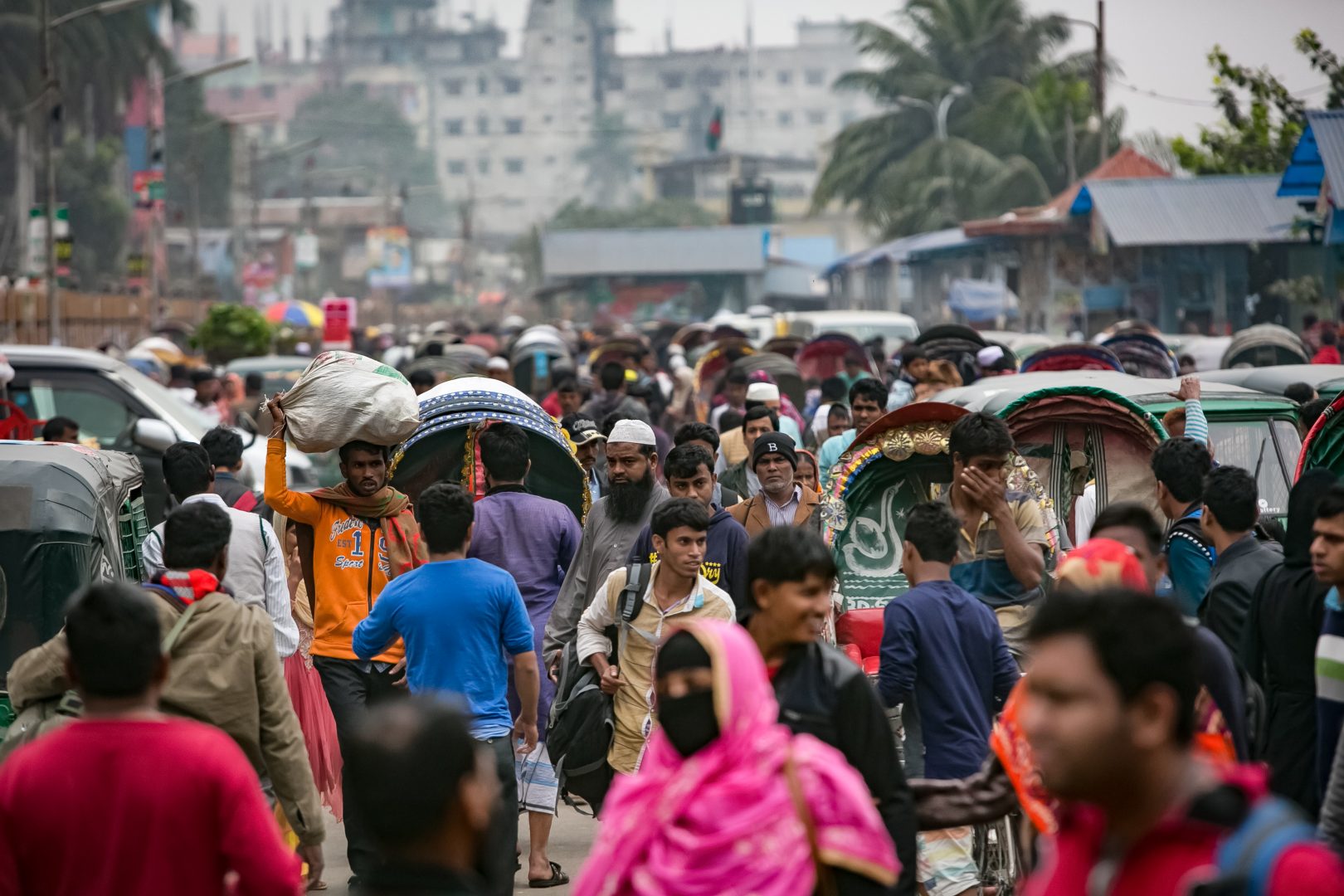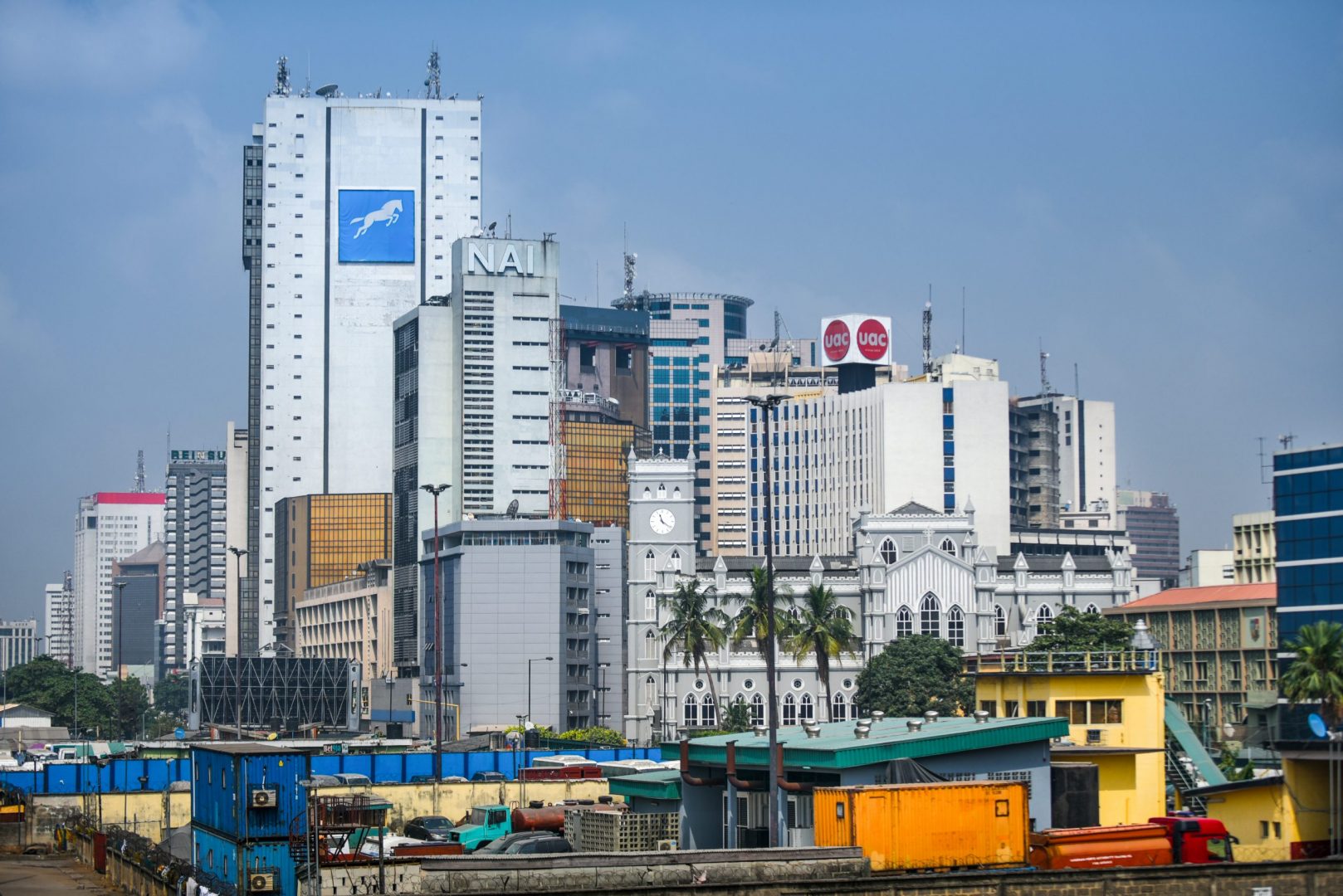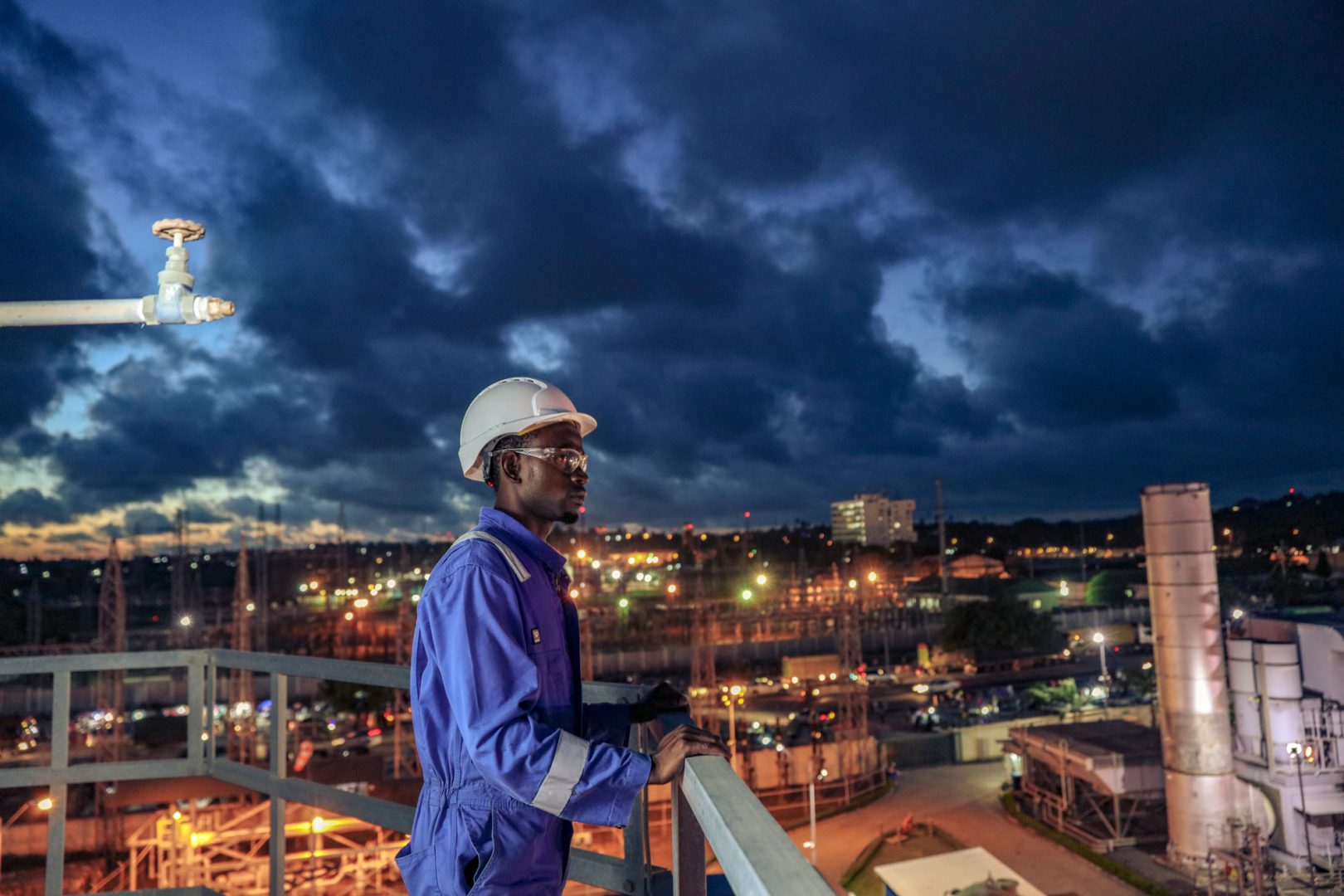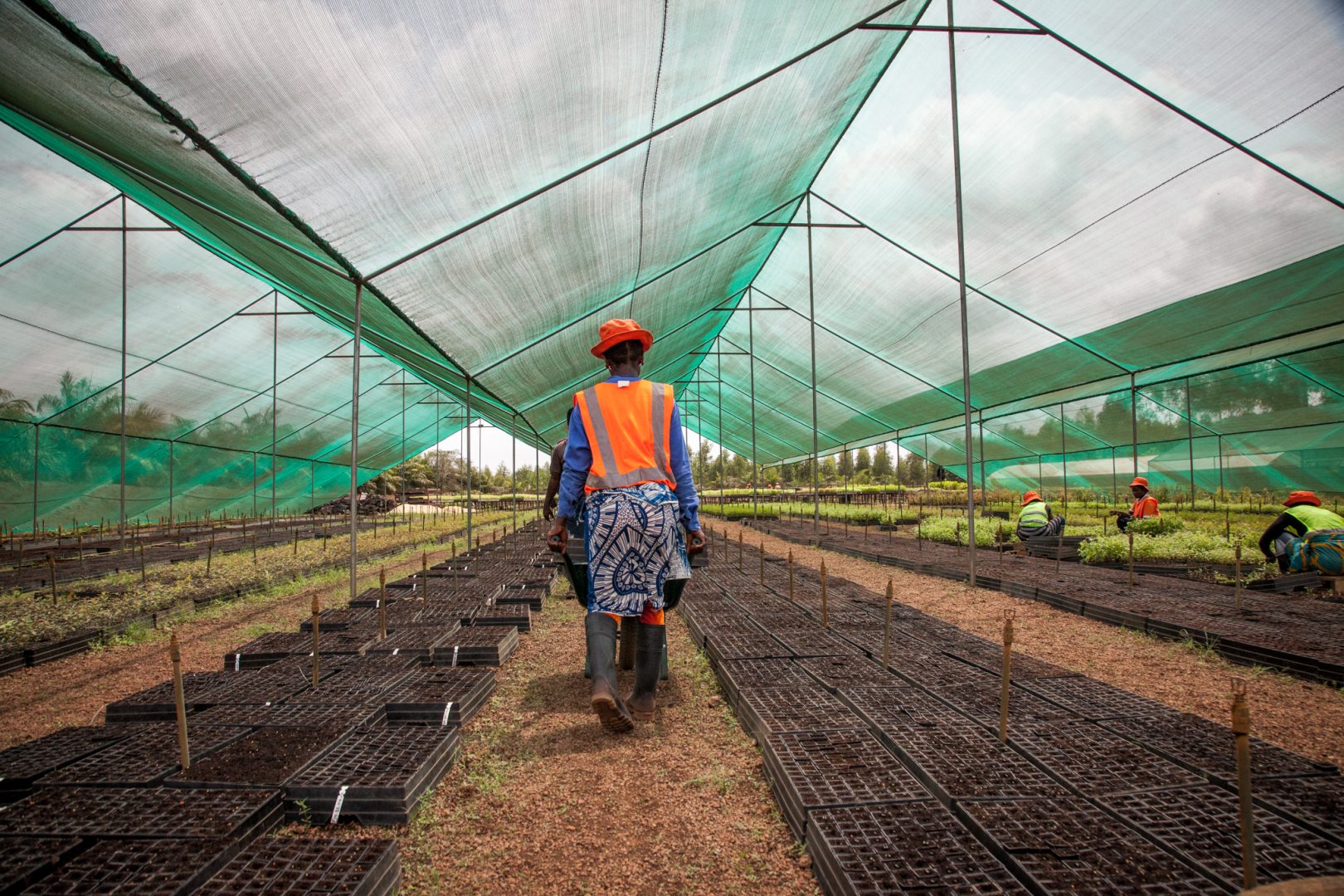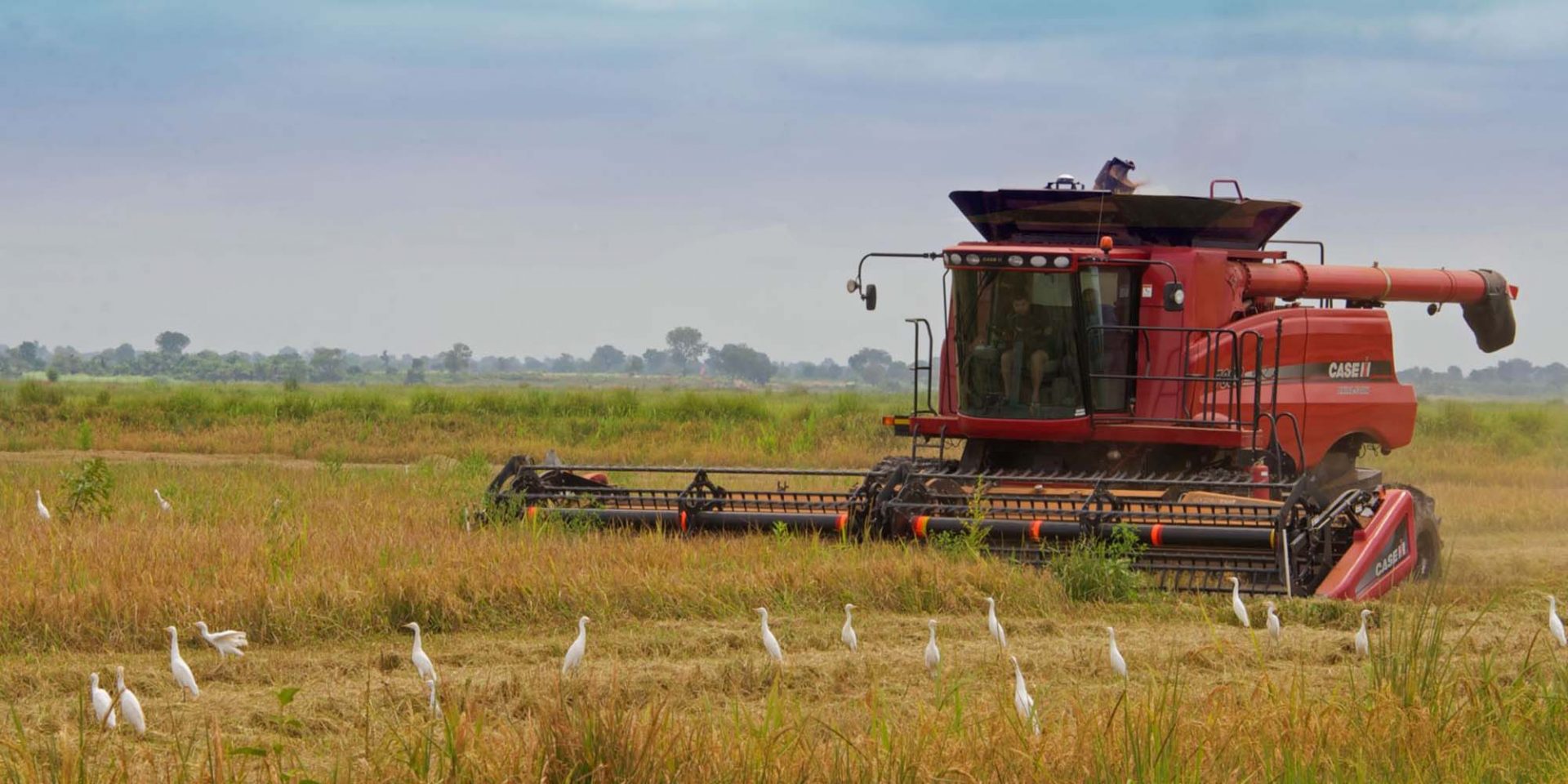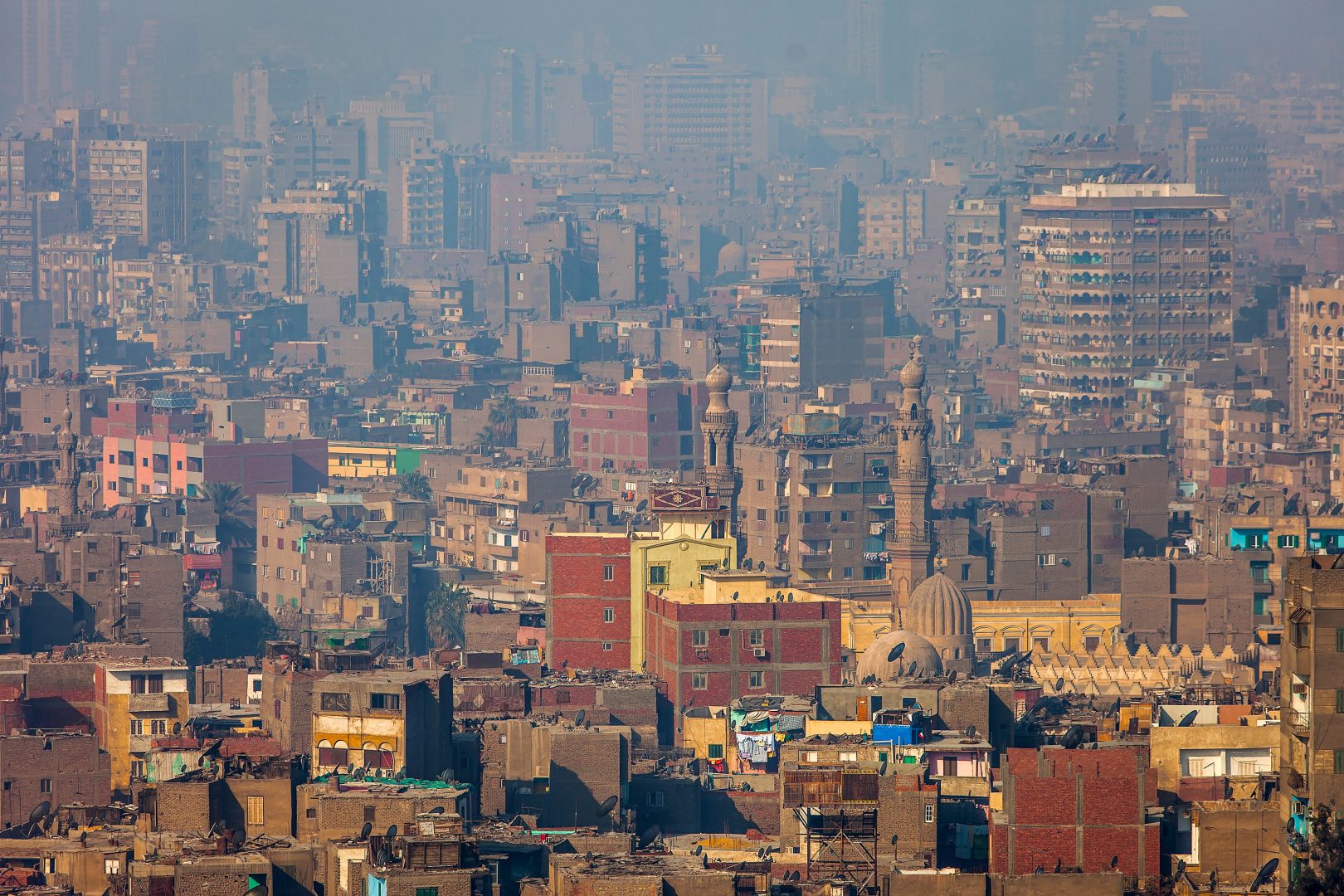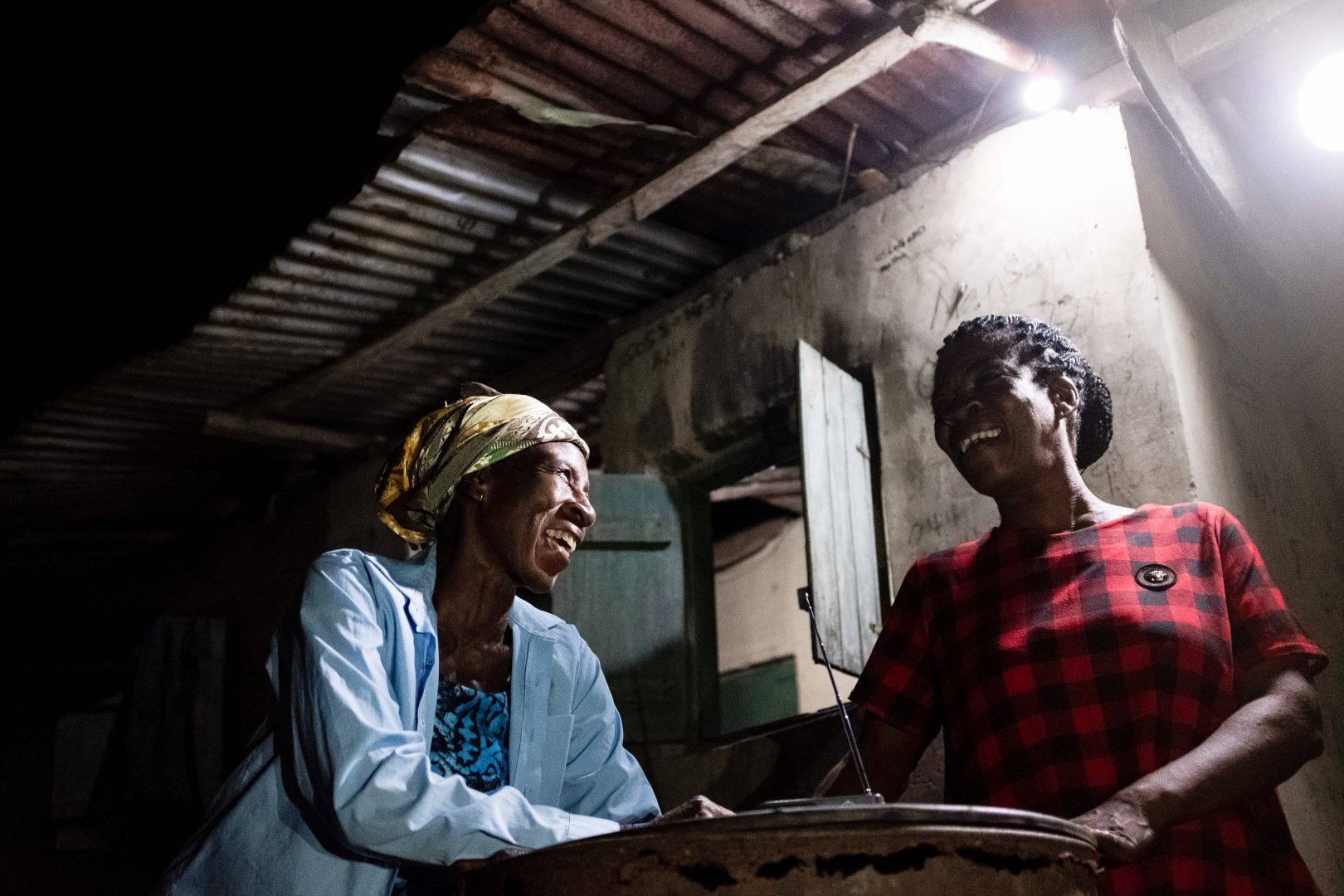Developing economies have difficulty attracting the capital they need. That’s why development finance institutions (DFIs), such as British International Investment, operate in these countries. But our goal is not merely to replace the missing commercial investment. We also aim to attract it.
We do this indirectly, through market-building investments and advisory services that promote the financial infrastructure and other conditions needed for confident investment. And we do it more directly, by bringing commercial investors in behind our own investments. Such mobilisation of commercial capital amplifies the state-supplied capital that DFIs direct to developing economies, potentially by many multiples.
How successful are the collective efforts of DFIs to mobilise commercial capital? According to a study by the OECD, DFIs and MDBs are currently mobilising only about $50 billion a year – a tiny fraction of the estimated $2.5 trillion annual “financing gap” for achieving the Sustainable Development Goals by 2030.
In this new paper, we argue that a first step towards more successful mobilisation is understanding it better. If we DFIs could accurately identify cases of mobilisation and attribute credit where it is due, we could develop strategies and performance management schemes that encourage DFIs to direct their mobilisation efforts more effectively.
The traditional approaches to measuring mobilisation count private investments as cases of mobilisation only when a DFI has been involved in one of two ways: when it directly co-invests in a company or project with commercial investors or when it invests in a fund that also attracts commercial capital. This has the virtue of clarity. But it both over-counts and under-counts. It over-counts when the commercial investment would have happened anyway. It under-counts because DFIs can mobilise commercial capital in many more ways than these two. For example, DFIs mobilise commercial capital when they leverage their own state-supplied equity capital with debt raised in the capital markets, when they sell their stakes in companies or projects or when they enter into risk-sharing arrangements with commercial banks.
In Understanding Mobilisation, we try to outline a more expansive set of capital events – “mobilisation pathways” – that contribute to a DFI’s mobilisation efforts. Of course, more work remains. We have not yet developed a satisfactory way of attributing the mobilisation of commercial capital to one or more of the DFIs that may have contributed to it. But we hope the paper will help to advance the discussion and, ultimately, make DFIs better at mobilising the capital of commercial investors in developing economies.




